The 9 Types of Welding Processes and Their Uses
Last Updated on
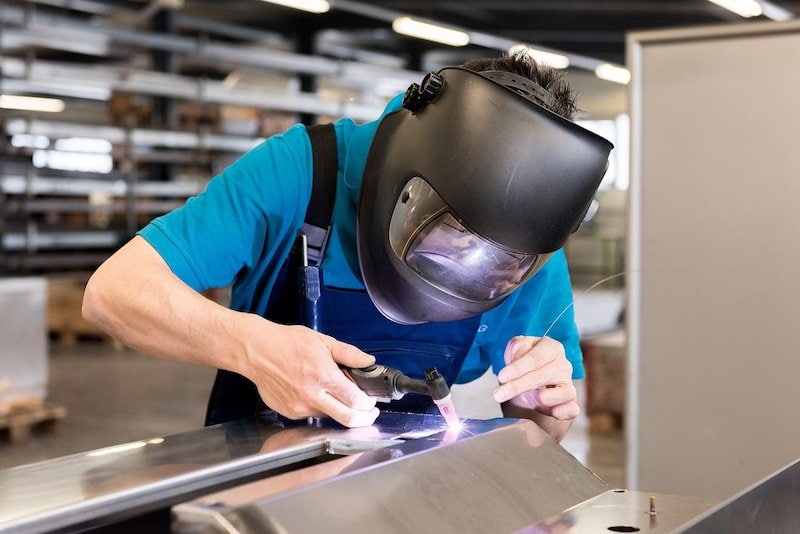
When you start learning to weld, it’s easy to be overwhelmed by the sheer amount of information available on the subject. It can be difficult to begin your welding journey without knowing about the different welding types that exist. Some are easier to learn, while others are quite difficult.
While certain types of welding processes produce clean beads that are visually appealing and require little to no cleanup, other types produce the exact opposite. What type of metal do you plan on welding? It makes a difference. To help simplify the subject, we’ve compiled important information regarding nine different types of welding processes.
The 9 Types of Welding
1. TIG – Gas Tungsten Arc Welding (GTAW)
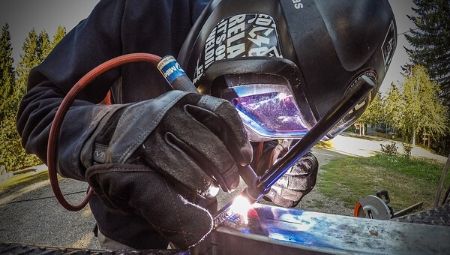
The first type of welding is TIG welding, which also goes by the names of Heliarc and gas tungsten arc welding (GTAW). With this type of welding, the electrode is non-consumable and made of tungsten. It is one of the few types of welding that can be done with no filler metal, using only the two metals being welded together. You can add a filler metal if you desire, but you will have to feed it by hand. A gas tank is necessary with TIG welding to provide the constant flow of gas needed to protect the weld. This means it’s generally better performed indoors and away from the elements.
TIG welding is a precise welding type that creates visually appealing welds and doesn’t require cleanup, as there is no spatter. Due to these traits, it is a difficult type of welding that is best reserved for experienced welders.
2. Flux-Cored Arc Welding (FCAW)
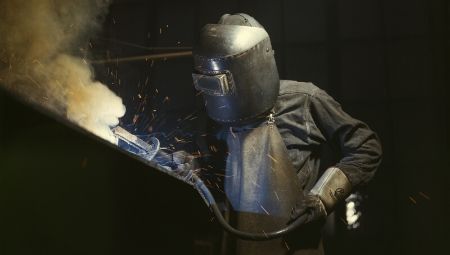
This type of welding is similar to MIG welding. In fact, MIG welders can often perform double duty as a FCAW welder as well. Just like in MIG welding, a wire that serves as the electrode and the filler metal is fed through your wand. This is where things begin to differ. For FCAW, the wire has a core of flux that creates a gas shield around the weld. This eliminates the need for an external gas supply.
FCAW is better suited for thicker, heavier metals, since it is a high-heat welding type. It’s often used for heavy equipment repairs for this reason. It is an efficient process that doesn’t create much waste. Since there’s no need for external gas, it’s also low cost. There will be a bit of slag left over, though, and it will need a bit of cleanup to make a beautifully finished weld.
3. Stick – Shielded-Metal Arc Welding (SMAW)
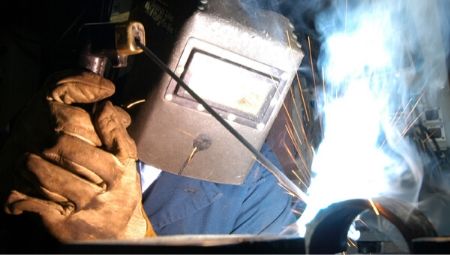
This process of welding started in the 1930s but continues to be updated and improved today. It has remained a popular type of welding because it is simple and easy to learn, as well as low cost to operate. However, it doesn’t create the neatest welds, since it splatters easily. Cleanup is usually necessary.
A replaceable electrode “stick” also serves the role of filler metal. An arc is created that connects from the end of the stick to the base metals, melting the electrode into filler metal and creating the weld. The stick is coated in flux that creates a gas cloud when heated up and protects the metal from oxidation. As it cools, the gas settles on the metal and becomes slag.
Since it doesn’t require gas, this process can be used outdoors, even in adverse weather such as rain and wind. It also works well on rusted, painted, and dirty surfaces, making it great for equipment repairs. Different types of electrodes are available and easy to swap, making it simple to weld metals of many different kinds, though it’s not great for thin metals. Stick welding is a highly skilled process with a long learning curve.
4. MIG – Gas Metal Arc Welding (GMAW)
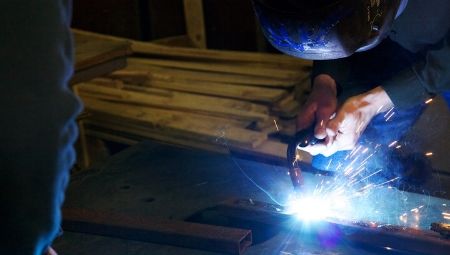
MIG welding is a simple form of welding that can easily be performed by new welders. MIG stands for metal inert gas, though it is sometimes called gas metal arc welding (GMAW). It is a quick process that involves the filler metal being fed through the wand, while gas is expelled around it to shield it from outside elements. This means it’s not great for outdoor use. Still, it’s a versatile process and can be used to weld many different types of metal at different thicknesses.
The filler metal is a consumable wire fed from a spool, and it acts as the electrode as well. When the arc is created from the tip of the wire to the base metal, the wire melts, becoming filler metal and creating the weld. The wire is continuously fed through the wand, allowing you to dial in your preferred speed. Done correctly, MIG welding produces a smooth and tight weld that is visually appealing.
5. Laser Beam Welding
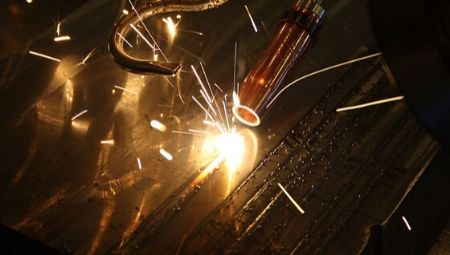
This type of welding can be used on metals or thermoplastics. As the name implies, it involves the use of a laser as a heat source to create the welds. It can be used on carbon steels, stainless steel, HSLA steels, titanium, and aluminum. It is easily automated with robotics and is therefore used often in manufacturing, such as in the automotive industry.
6. Electron-Beam Welding
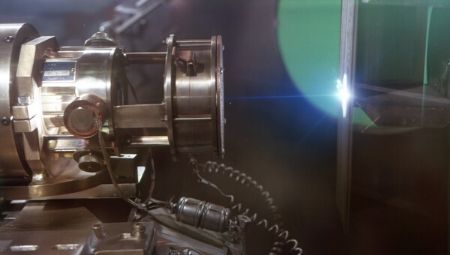
This is a type of welding where a high-velocity beam of electrons creates heat through kinetic energy, welding two materials together. This is a highly sophisticated form of welding that is performed by machine, generally in a vacuum.
7. Plasma Arc Welding
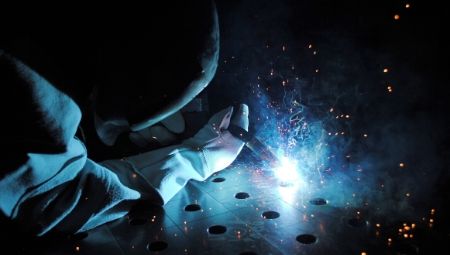
Plasma arc welding is similar to GTAW, but it uses a smaller arc, increasing the precision of the weld. It also uses a different torch, achieving much higher temperatures. Gas is pressurized inside the wand, creating plasma. The plasma is then ionized, making it electrically conductive. This allows the arc to be created, producing incredibly high temperatures that can melt the base metals. This allows plasma arc welding to be performed with no filler metal, another similarity to TIG welding.
This type of welding allows deep weld penetration with narrow welds, producing aesthetically pleasing welds, as well as a high level of strength. On top of this, high welding speeds are also possible.
8. Atomic Hydrogen Welding
Atomic hydrogen welding is an extremely high-heat form of welding that used to be known as arc-atom welding. This type of welding involves using hydrogen gas to shield two electrodes made of tungsten. It can reach temperatures above those of an acetylene torch and can be performed with or without a filler metal. This is an older form of welding that has been replaced by MIG welding in recent years.
9. Electroslag
This is an advanced process of welding that is used to join the thin edge of two metal plates together vertically. Instead of the weld being applied to the outside of a joint, it will take place in between the edges of the two plates. A copper electrode wire is fed through a consumable metal guide tube that will act as filler metal. When electricity is introduced, the arc is created, and a weld begins at the bottom of the seam and is slowly moved up, creating the weld in place of the seam as it goes. This is an automated process and is performed by machine.
Summary
Hopefully, you now have a basic understanding of the different types of welding. Some types are performed by machine and require expensive specialty equipment. Others can be performed by a hobbyist at home without breaking the bank. If you’re looking to purchase a welder, be sure to check out one of our guides comparing the best welders for home use.
